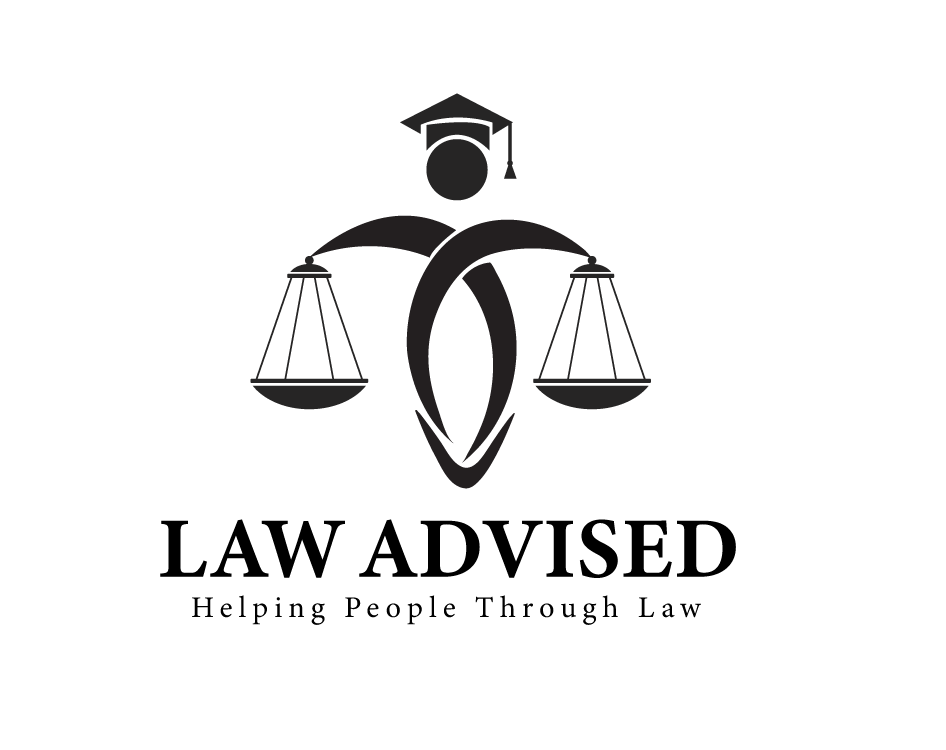Separation of power is the division of government into independent branches to ensure checks and balances. This system prevents any one branch from accumulating too much power and protects individual freedoms.
Understanding The Principle Of Separation Of Power
The principle of Separation of Power refers to the division of governmental authority into three distinct branches: the legislative, executive, and judicial branches. This is done to ensure that no single branch has complete control over the functions of government. The concept has its historical origins in the writings of Enlightenment philosophers like Montesquieu, who believed that dividing power would prevent the abuse of authority.
The key principles and objectives of this principle are to maintain a system of checks and balances, prevent concentration of power, and protect individual liberties. The division of power ensures that each branch has specific functions and limited authority, enabling them to keep each other accountable.
The importance of checks and balances fostered by separation of power helps prevent tyranny and despotism. Each branch acts as a check on the others, creating a system of accountability and preventing an abuse of power. This promotes a democratic system where no single branch takes precedence over the others.
The Executive Branch: Its Role And Impact
The executive branch is an integral part of the separation of powers in a governance system. It is primarily responsible for implementing and enforcing laws enacted by the legislative branch. The executive branch includes the President, Vice President, and Cabinet, who are charged with carrying out day-to-day government operations.
The executive branch wields considerable powers and responsibilities. It has the authority to negotiate and sign treaties, issue executive orders, and appoint federal judges, ambassadors, and top officials. It also oversees the implementation of policies, manages the economy, and commands the armed forces.
To prevent the abuse of power, checks and balances exist on the executive branch. The legislative branch can impeach the President and approve or reject appointments and treaties. The judicial branch interprets laws and can declare executive actions as unconstitutional. These checks ensure that no single branch becomes too powerful.
The Legislative Branch: Its Role And Impact
Separation of power is a fundamental concept in democratic governance, aimed at preventing concentration of power in any one branch of government. The legislative branch, also known as the law-making branch, plays a crucial role in this system. It is responsible for creating, amending, and repealing laws that govern the nation.
The legislative branch is composed of elected representatives, such as senators and members of parliament, who are entrusted with the power to propose and debate laws. This branch acts as the voice of the people, ensuring their interests and concerns are represented in the decision-making process.
The powers and responsibilities of the legislative branch are extensive. They include drafting and passing legislation, approving the budget, and conducting oversight of the executive branch. The legislative branch also has the power to impeach high-ranking officials, ratify treaties, and declare war.
To maintain a system of checks and balances, the legislative branch is subject to certain limitations and constraints. Other branches, such as the executive and the judiciary, have the power to review and evaluate the actions of the legislative branch to ensure they are constitutional and in the best interest of the country.
The legislative branch serves as a vital component of democratic governance, ensuring that laws are fair, just, and representative of the will of the people. Its role and impact are integral to the functioning of a well-balanced government.
The Judicial Branch: Its Role And Impact
The judicial branch is an essential part of the separation of powers in a democratic government. It plays a crucial role in interpreting and applying the law, ensuring justice and protecting individual rights. The branch is made up of various courts, including the Supreme Court, appellate courts, and trial courts.
The judicial branch has the power to make decisions on legal disputes and is responsible for interpreting the constitution and other laws. It ensures that laws are applied fairly and consistently. Its decisions have a significant impact on society and can shape legal precedents for future cases.
The judicial branch’s powers and responsibilities include enforcing laws, resolving conflicts, and protecting individual rights. Judges have the authority to review laws and determine their constitutionality. They also have the power to issue warrants, hold trials, and make final judgments in legal disputes.
Checks and balances are crucial in maintaining the integrity of the judicial branch. Other branches of government, such as the executive and legislative branches, have the authority to check the power of the courts. For example, the president has the power to appoint judges, while the Congress has the authority to confirm those appointments.
In conclusion, the judicial branch plays a vital role in the separation of powers and the functioning of a democratic government. Its powers and responsibilities, coupled with the checks and balances system, ensure that justice is served and individual rights are protected.
The Role Of Checks And Balances In Maintaining Democracy
Separation of power is a fundamental principle in democratic systems, aimed at preventing abuses of power and ensuring government accountability and transparency. This principle relies on the interdependence of the branches of government, namely the executive, legislative, and judicial branches.
By distributing power among these branches, a system of checks and balances is created, where each branch has the ability to control and influence the actions of the others. This acts as a safeguard against any one branch becoming too powerful or infringing on the rights and freedoms of citizens.
The executive branch, led by the president or prime minister, is responsible for implementing and enforcing laws. The legislative branch, made up of elected representatives, creates and amends laws. The judicial branch, consisting of courts, interprets and applies laws.
This system encourages collaboration and compromise between branches, promoting the voice and interests of the people. It ensures that no single branch can act without oversight and accountability, thus maintaining the democratic principles upon which governments are built.
Examples Of Checks And Balances In Action
Case studies from different countries showcase the separation of power and its role in maintaining a healthy democracy. Notable examples throughout history highlight the effectiveness of checks and balances. One such case is the United States, where the executive, legislative, and judicial branches act as checks on each other. This system prevents any one branch from becoming too powerful and ensures that decisions are made collectively.
Another example can be seen in Germany, where the Federal Constitutional Court has the power to review and potentially overturn laws passed by the Parliament. This demonstrates the importance of an independent judiciary in maintaining a balance of power.
| Country | Example of Checks and Balances |
|---|---|
| United States | Separation of power between executive, legislative, and judicial branches |
| Germany | Power of the Federal Constitutional Court to review and potentially overturn laws |
These case studies offer valuable lessons learned. They emphasize the importance of maintaining an independent judiciary, ensuring that no single branch oversteps its boundaries. By implementing effective checks and balances, a country can safeguard against the concentration of power and create a system where decisions are made collectively and in the best interest of the people.
Future Challenges And Evolution Of Checks And Balances
Modern challenges and threats to the separation of powers:
The system of separation of powers faces modern challenges and threats that require careful attention. One major challenge is the potential for power consolidation, where one branch gains too much authority at the expense of others. This can lead to a breakdown in checks and balances, undermining the system’s effectiveness.
Technological advancements also pose challenges to the system. As societies become increasingly digital and interconnected, the role of technology in governance becomes more prominent. However, striking a balance between utilizing technology to improve governance and preserving democratic principles is crucial.
To enhance the effectiveness of the separation of powers, various reforms can be considered. Promoting transparency and accountability in each branch is vital to maintaining checks and balances. This can be achieved through robust oversight mechanisms, efficient information-sharing platforms, and strict ethical standards for public officials.
Another necessary reform is ensuring an impartial and independent judiciary. Appointing judges based on merit and ensuring their autonomy is crucial to uphold the rule of law and prevent executive or legislative encroachment.
Lastly, fostering collaboration and cooperation between branches is essential. By encouraging dialogue and compromise, the system can function more effectively, preventing gridlock and promoting policy-making that serves the best interests of the public.
Frequently Asked Questions On What Is Separation Of Power
What Is Separation Of Power?
Separation of power is a principle that divides the powers of a government among different branches to prevent the concentration of power.
Why Is Separation Of Power Important?
Separation of power is important because it ensures checks and balances, prevents abuse of power, and protects individual rights.
How Does Separation Of Power Work?
Separation of power works by assigning distinct roles and functions to the legislative, executive, and judicial branches of a government.
What Are The Three Branches Of Government?
The three branches of government are the legislative branch, responsible for making laws; the executive branch, responsible for enforcing laws; and the judicial branch, responsible for interpreting laws.
How Does The Legislative Branch Contribute To Separation Of Power?
The legislative branch contributes to separation of power by creating laws, overseeing the executive branch, and checking its actions.
What Is The Role Of The Judicial Branch In Separation Of Power?
The judicial branch plays a crucial role in separation of power by interpreting laws, ensuring their constitutionality, and checking the actions of the other branches.
Conclusion
Separation of power is the fundamental principle that ensures a balanced and democratic governance system. By distributing power among different branches of government, it prevents the abuse of authority and promotes checks and balances. This division enables a transparent and accountable system, safeguarding individual rights and liberties.
Understanding the significance of separation of power is crucial to maintaining a stable and just society. By upholding this key principle, societies can strive towards an equitable and prosperous future.
Ismail Hossain is the founder of Law Advised. He is an Divorce, Separation, marriage lawyer. Follow him.




Leave a Reply